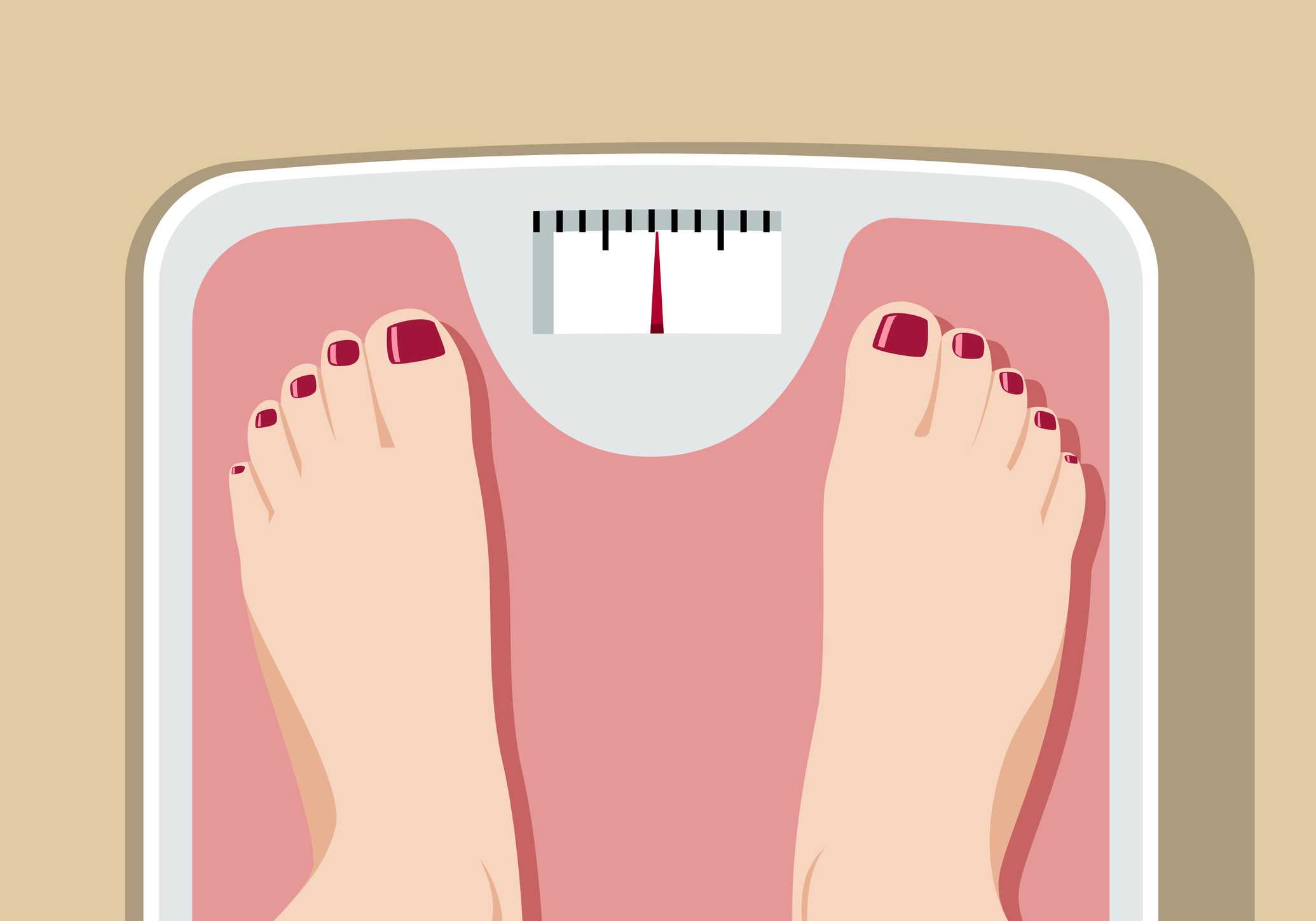Most, if not all of us will be familiar with the feeling of nausea, which is basically the feeling of needing to be sick, felt in the stomach area.
Both nausea and vomiting can be a sign of a number of underlying health conditions, including diabetes.
When there is an issue that can affect the stomach or gastric system of their body, people can feel sick.
Even if it is a fairly tenuous connectio, such as angina affecting blood flow, the sufferer may still feel queasy.
Causes of nausea
Both type 1 diabetes and type 2 diabetes can cause nausea or vomiting in several ways.
Hyperglycemia and Hypoglycemia
As the blood glucose levels rise and fall, the body’s metabolism can get interrupted and confused which can lead to a mixed feeling of nausea.
Low blood pressure (Hypotension)
Low blood pressure often leads to dizzy spells which, for some people, can induce a feeling of nausea as the world appears to spin around them.
Certain medications
The side effect of a lot of drugs is a feeling of nausea, and even vomiting. Metformin, the most widely used diabetes drug, is known to have nauseating side effects
Gastroparesis
Due to neuropathy, the body may not be able to move food from the stomach or along the intestines
This can cause a back log of food, which can result in sickness.
Bezoars
Bezoars are stone like formations created from undigested food matter, which can block the gastro-intestinal track and stop food processing and digesting.
This can eventually cause nausea and vomiting.
When to see your doctor
If you are having recurrent or consistent bouts of nausea or vomiting, then it is a good idea to go and see your doctor to get the issue sorted as soon as possible.
Keeping a diary of nausea or vomiting episodes and what you ate or were doing beforehand may help the doctor in determining the underlying cause of your nausea.















